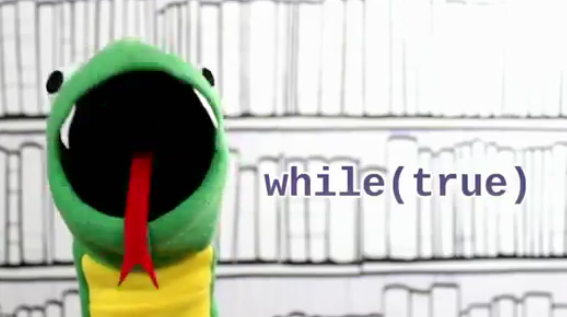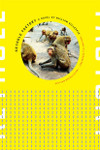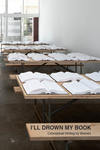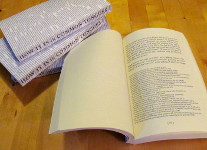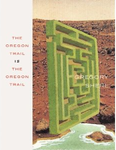The Oregon Trail is the Oregon Trail
Gregory Sherl
Mud Lucious Press · 65 pages
Consciousness wobbles between the “real world” of Barry Manilow concerts, streetscapes that look like Frogger, and private Facebook messages on the one hand and a fabled simulation bleeding beyond the phosphors of the computer-connected CRT television on the other. Amid tender moments featuring the wife, child #1, and child #2, these poems also offer reminders of the political context in which Westward expansion was undertaken. “The Oregon Trail 2 Starring Mel Gibson Directed by Mel Gibson” notes, for instance, “We have Manifest Destiny in our cocks.” This book about the American journey, not the destination, may appear to be a nostalgic romp. (Perhaps the book’s dedication, “FOR YOUTH,” and the theme of adult responsibilities invites such an attitude.) There is no home to ache over, though, in these 39 poems that join intimate imagination to a famous if floppy American document, showing that however personal or national memory flows past, in whatsoever form, you can’t ford the same river twice.




